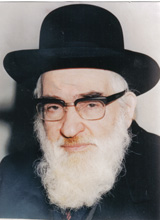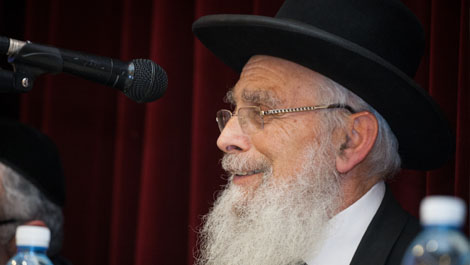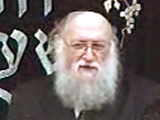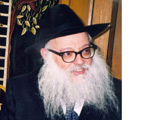Beit Midrash
- Family and Society
- The Jewish Household
- Marriage and Relationships
The wedding ceremony is divided into the kiddushin betrothal aspect and then the actual nissuim or marriage aspect. The kiddushin binds the couple together to the exclusion of all other relationships while the nissuim permits their actual living together as husband and wife. The placing of the ring on the bride's finger by the groom and his declaration that he now marries her according to the law of Moshe and Israel is the culmination of the kiddushin section of the ceremony. The nissuim part of the ceremony is marked by seven blessings that are recited by the rabbi officiating or by honored guests or relatives. The order and text of the blessings recited to mark the kiddushin and nissuim aspects of the wedding ceremony are recorded for us in the Talmud in tractate Ketubot. They are of ancient origin and in their words are expressed all of the feelings, hopes, challenges, spirituality and mutual love that are the basis for a meaningful and satisfying marriage. The rabbis of the Talmud had an unerring ability to fathom the depths of human aspirations and hopes and to be able to place them in a relatively few but memorable words. It is these words that particularly make the Jewish wedding ceremony so soaringly majestic. In these words are included the hope for Jewish redemption and the rebuilding of Jerusalem as combined with the blessings for the couple's attempt to build their own lives and home on a foundation of love, friendship, mutual respect, harmony and peace. To the Jewish view of things the individual home of a Jewish couple is inextricably joined to the project of national Jewish redemption and responsibility to society as a whole.
At the wedding ceremony the ketubah - the written contract of monetary and other physical obligations between the husband and wife are spelled out. The wife retains her ketubah in her possession at all times. According to many customs the ketubah is read aloud as part of the wedding ceremony itself. It lends a legal certainty to the marriage arrangement between the bride and groom. Over the many centuries, the Jewish wedding ceremony has retained its beauty, solemnity and freshness. It remains meaningful and dignified with an aura of tradition and eternity that surrounds and is infused within it. Many have tried to improve upon it, to make it more up to date and to meet the needs of changing times and mores. All of the fads have however always faded and have been unable to meet the test of time and generations. The beauty of the Jewish wedding ceremony accompanies the eternity of Israel through all times and places.

May I keep the skeletons in the closet?
Rabbi Yirmiyohu Kaganoff | 19 cheshvan 5769

Marriage
Rabbi Mishael Dahan, ztvk”l | 5769
Material Reward, Spiritual Beauty
Rabbi Eliezer Melamed | 15 Elul, 5762






















